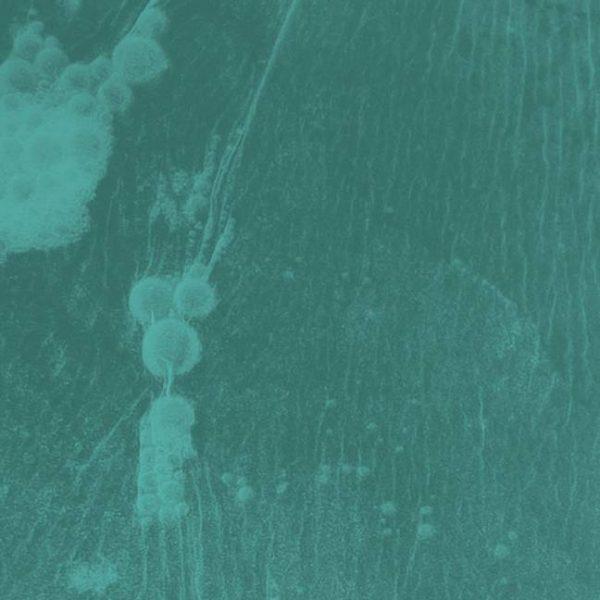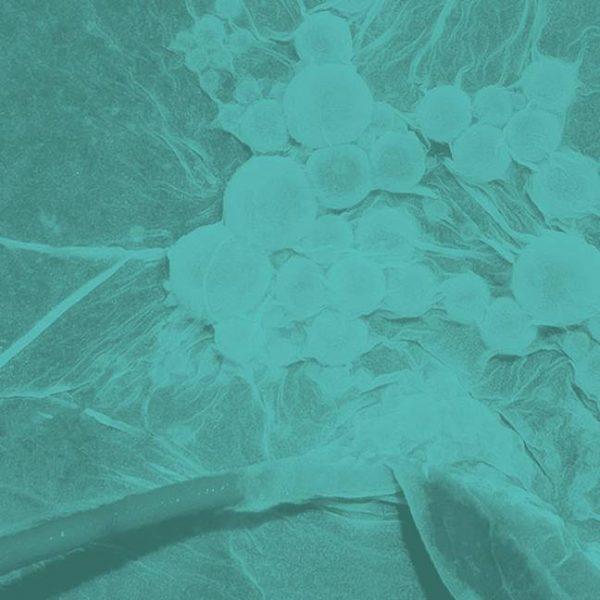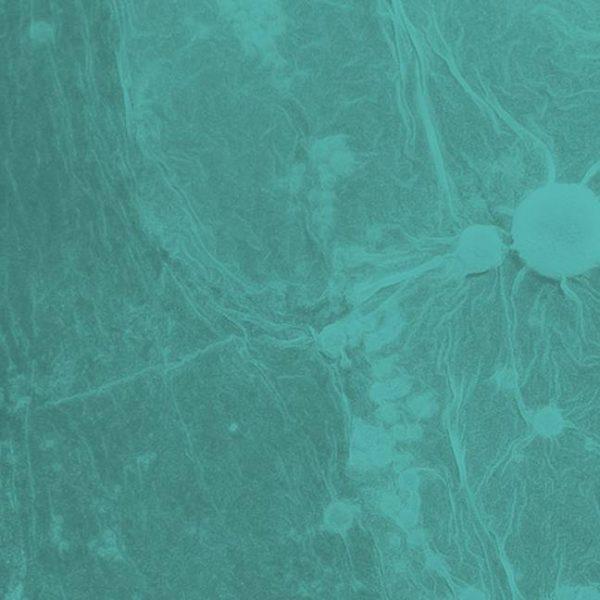-
Exosomes 101 - Exosome Isolation
There are a number of different ways to isolate exosomes, and the best protocol for your study depends on the sample source - tissue culture, malignant ascites fluid, urine, plasma, or other fluids - the amount of sample, and what you're planning to do with the exosomes after isolation. Here we provide a brief overview of the different isolation methods. Continue reading → -
Exosomes 101 - Exosome Detection & Characterization
A number of different biochemical and biophysical techniques can be used to verify that your preparation contains exosomes, and to quantify the amount of exosomes you have isolated. Continue reading → -
Exosomes 101 - Exosome Characterization and Discovery
Present in a wide variety of body fluids - including the easily accessible urine, plasma, and saliva - and loaded with cargoes of general and unique nucleic acid, protein, and lipids, exosomes provide an exciting opportunity for the discovery of disease biomarkers. Continue reading → -
Exosomes 101 - Exosome Engineering
The ultimate nanovehicle - engineer exosomes for custom cargo delivery shuttles into target cells. Cargoes include nucleic acid and even small molecules. Continue reading →





